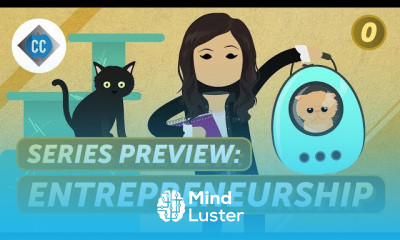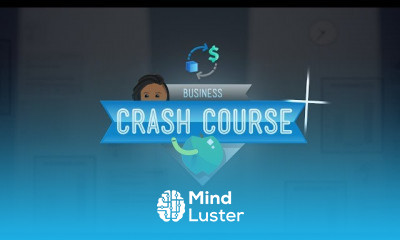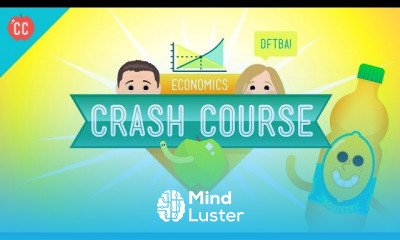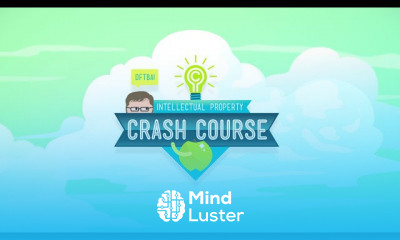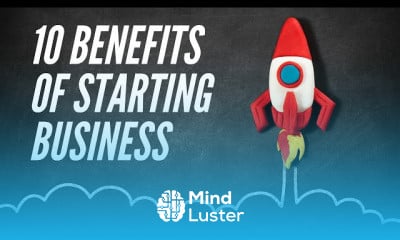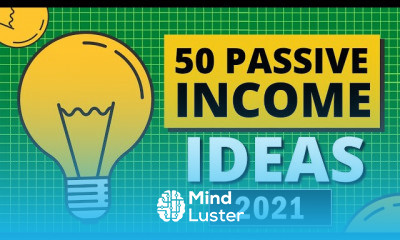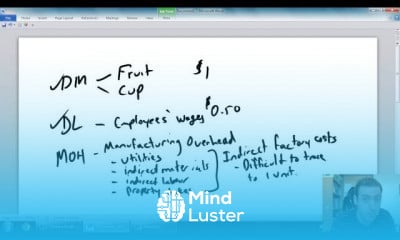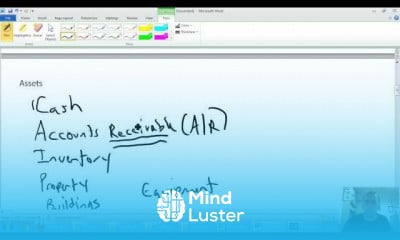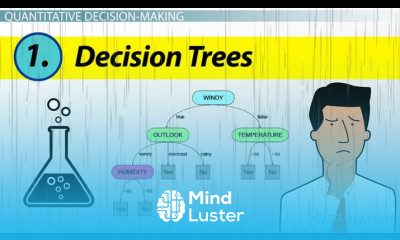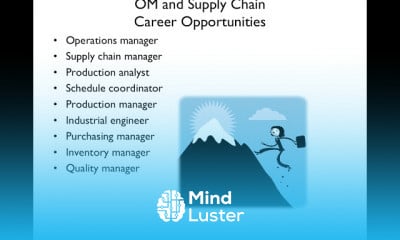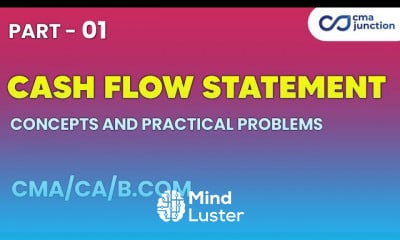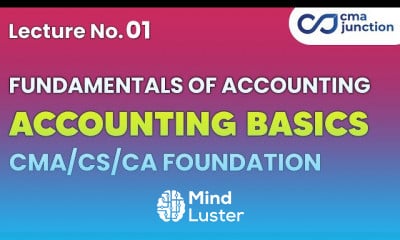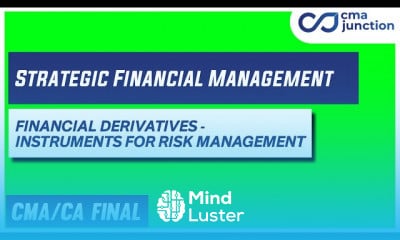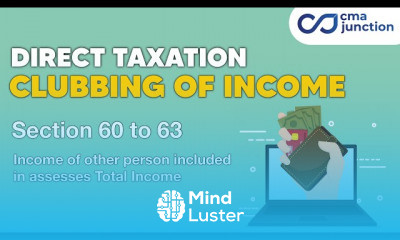Introduction to Recruitment
Share your inquiries now with community members
Click Here
Sign up Now
Lessons List | 11
Lesson
Comments
Related Courses in Business
Course Description
Human resource management (HRM or HR) is the strategic approach to the effective and efficient management of people in a company or organization such that they help their business gain a competitive advantage. It is designed to maximize employee performance in service of an employer's strategic objectives
[need quotation to verify] Human resource management is primarily concerned with the management of people within organizations, focusing on policies and systems.[2] HR departments are responsible for overseeing employee-benefits design, employee recruitment, training and development, performance appraisal, and reward management, such as managing pay and employee-benefits systems. HR also concerns itself with organizational change and industrial relations, or the balancing of organizational practices with requirements arising from collective bargaining and governmental laws.[need quotation to verify]
The overall purpose of human resources (HR) is to ensure that the organization is able to achieve success through people.HR professionals manage the human capital of an organization and focus on implementing policies and processes. They can specialize in finding, recruiting, selecting, training, and developing employees, as well as maintaining employee relations or benefits. Training and development professionals ensure that employees are trained and have continuous development. This is done through training programs, performance evaluations, and reward programs. Employee relations deals with the concerns of employees when policies are broken, such as cases involving harassment or discrimination. Managing employee benefits includes developing compensation structures, parental leave programs, discounts, and other benefits for employees. On the other side of the field are HR generalists or business partners. These HR professionals could work in all areas or be labour relations representatives working with unionized employees.
HR is a product of the human relations movement of the early 20th Century, when researchers began documenting ways of creating business value through the strategic management of the workforce. It was initially dominated by transactional work, such as payroll and benefits administration, but due to globalization, company consolidation, technological advances, and further research, HR as of 2015 focuses on strategic initiatives like mergers and acquisitions, talent management, succession planning, industrial and labor relations, and diversity and inclusion. In the current global work environment, most companies focus on lowering employee turnover and on retaining the talent and knowledge held by their workforce.[citation needed] New hiring not only entails a high cost but also increases the risk of a new employee not being able to adequately replace the position of the previous employee. HR departments strive to offer benefits that will appeal to workers, thus reducing the risk of losing employee commitment and psychological ownership.
Trends
French
Graphic design tools for beginners
Artificial intelligence essentials
Essential english phrasal verbs
Formation efficace à l écoute de l
Build a profitable trading
MS Excel
Data Analytics Visualization Techniques
Printing student ID cards with excel tools
Electrical engineering for engineer
YouTube channel setup
Computer science careers
Python programming language
Build a tic tac Toe app in Xcode
Excel skills for math and science
Figma for UX UI design
Learning English Speaking
Magento Formation Français
Marketing basics for beginners
English vocabulary with picture
Recent
Growing ginger at home
Gardening basics
Ancient watering techniques
Grow mushrooms
Growing onions
Veggie growing
Bean growing at home
Growing radishes
Tomato growing at home
Shallot growing
Growing kale in plastic bottles
Recycling plastic barrel
Recycling plastic bottles
Grow portulaca grandiflora flower
Growing vegetables
Growing lemon tree
Eggplant eggplants at home
zucchini farming
watermelon farming in pallets
pineapple farming



